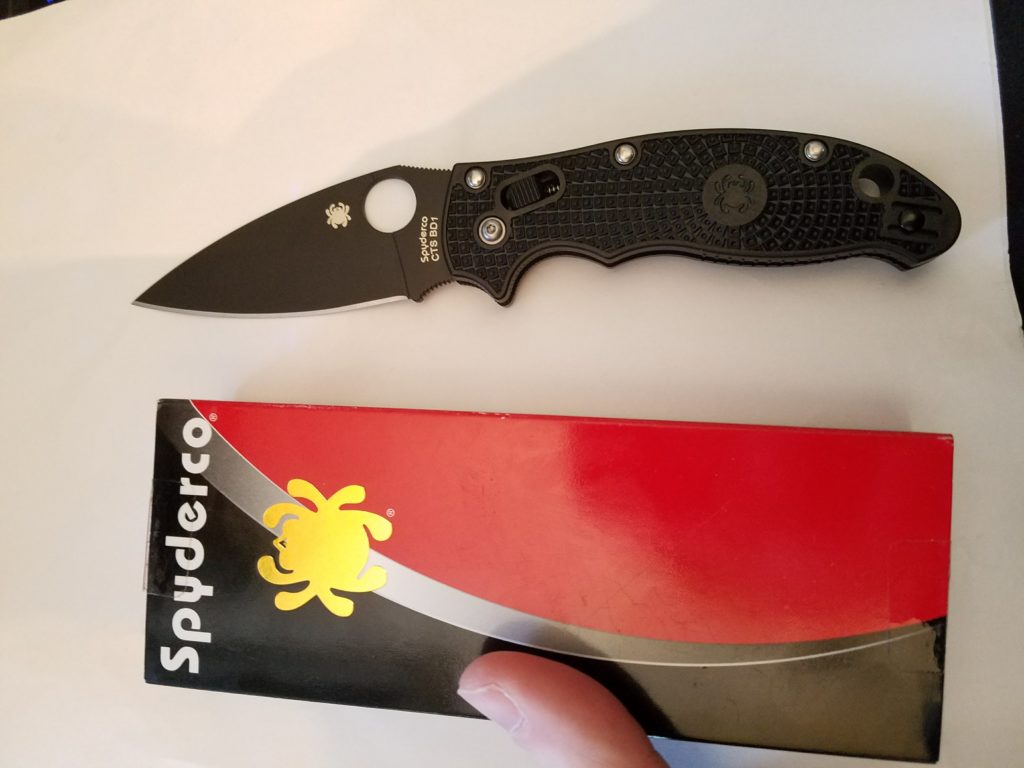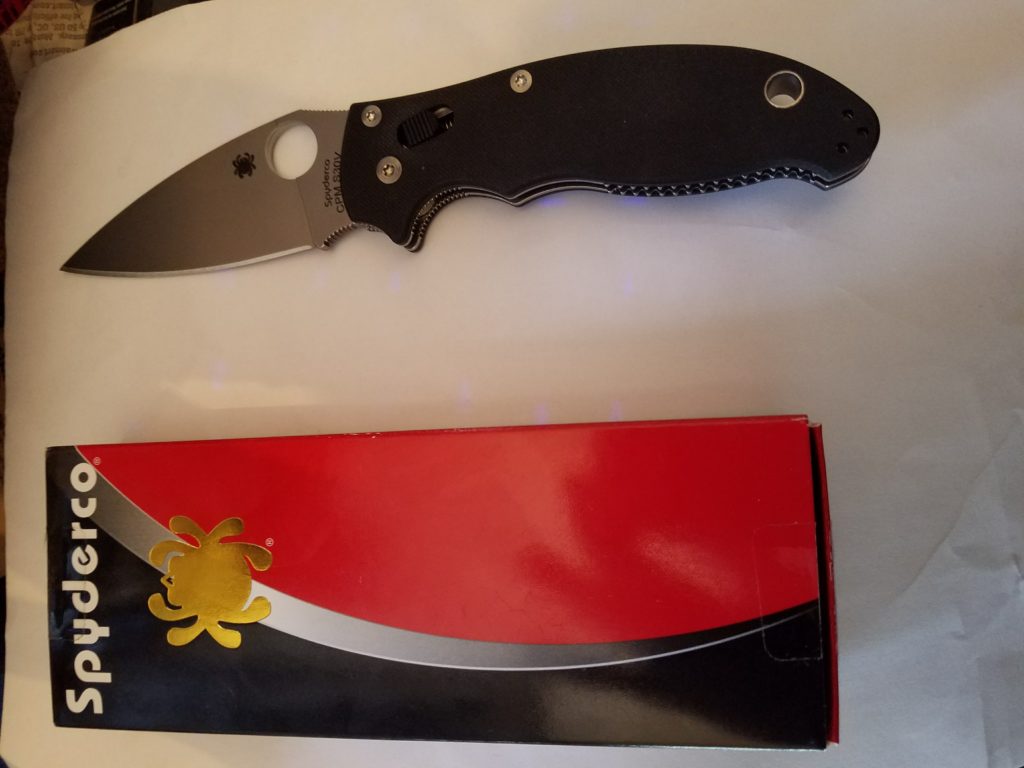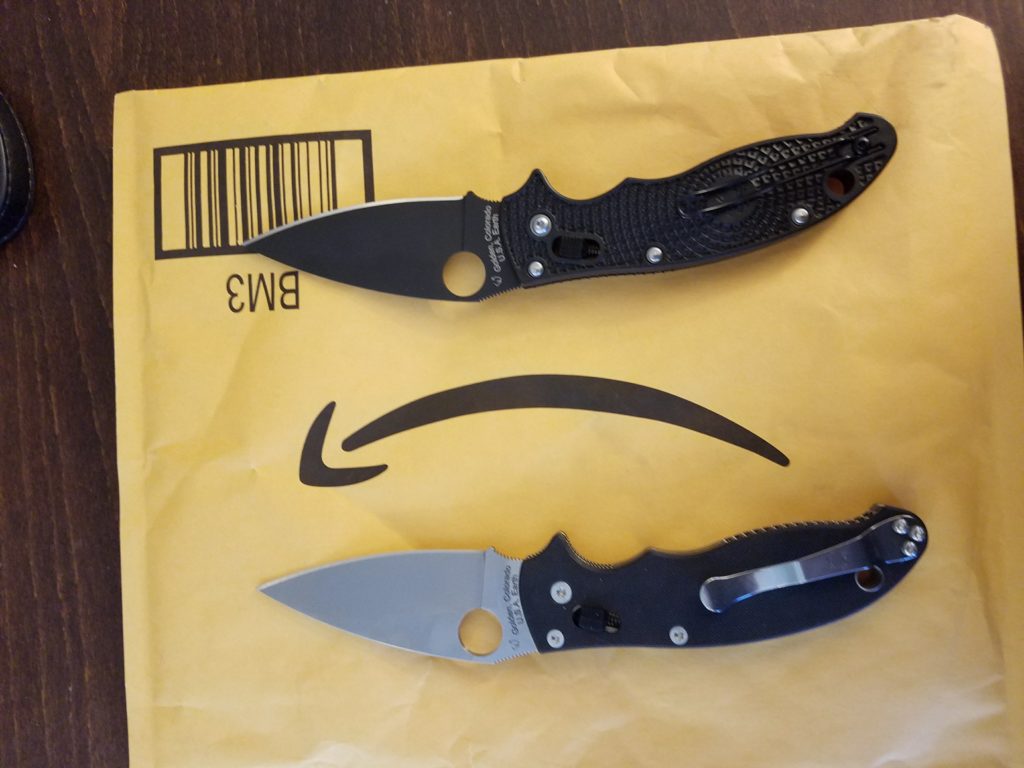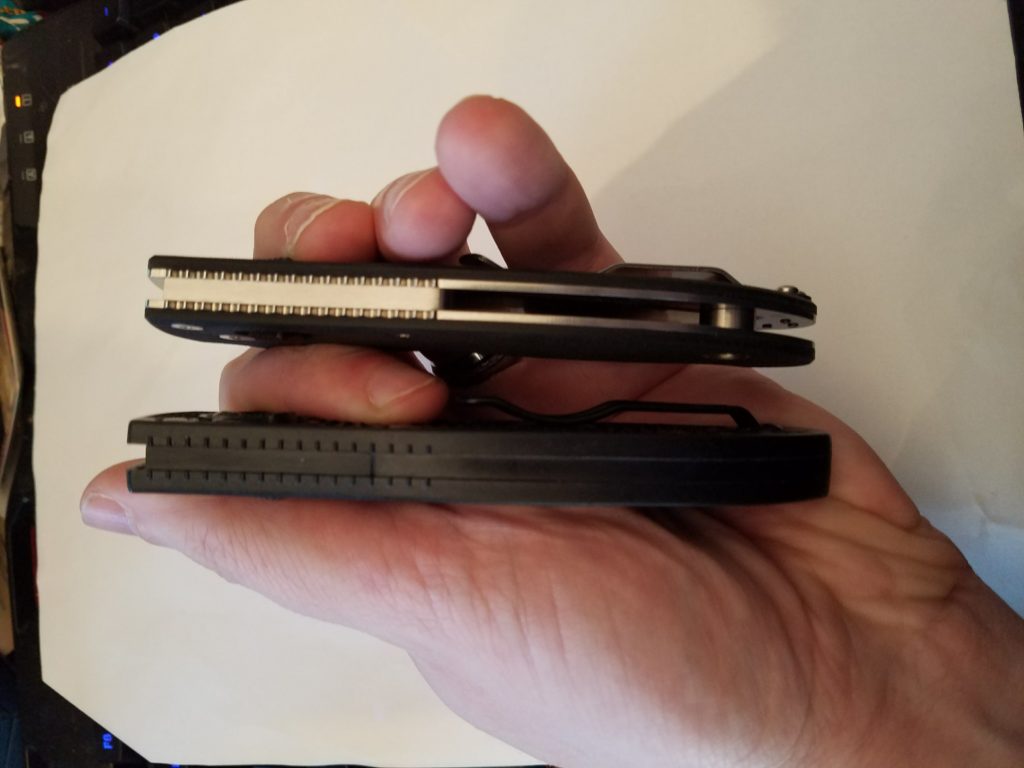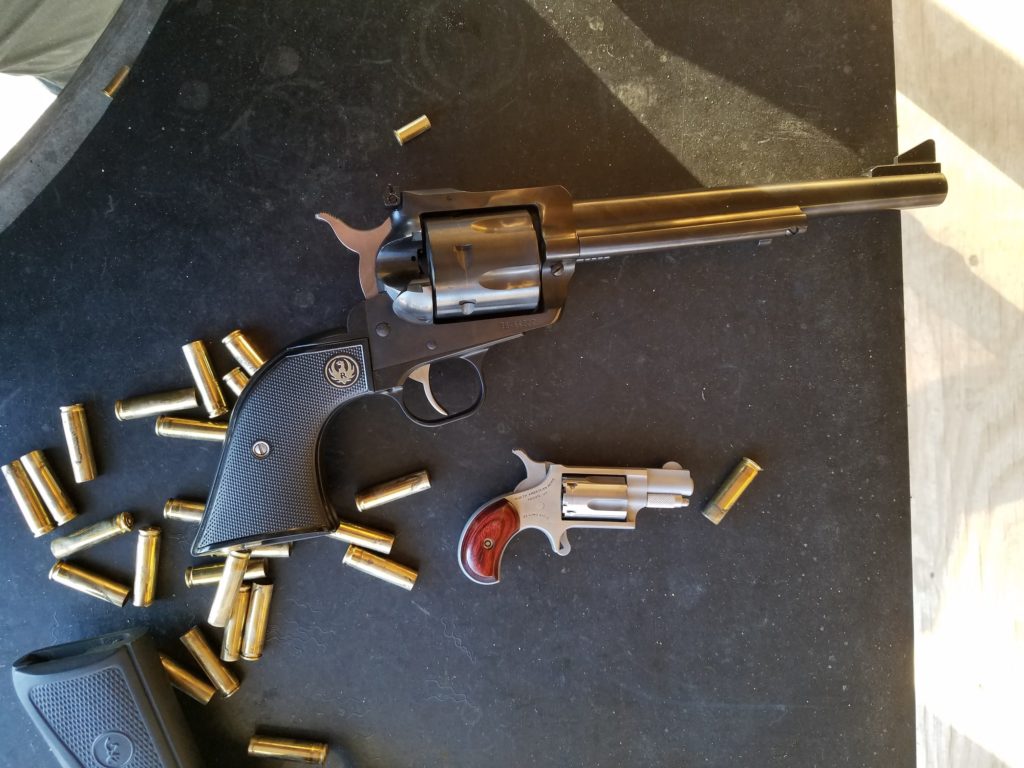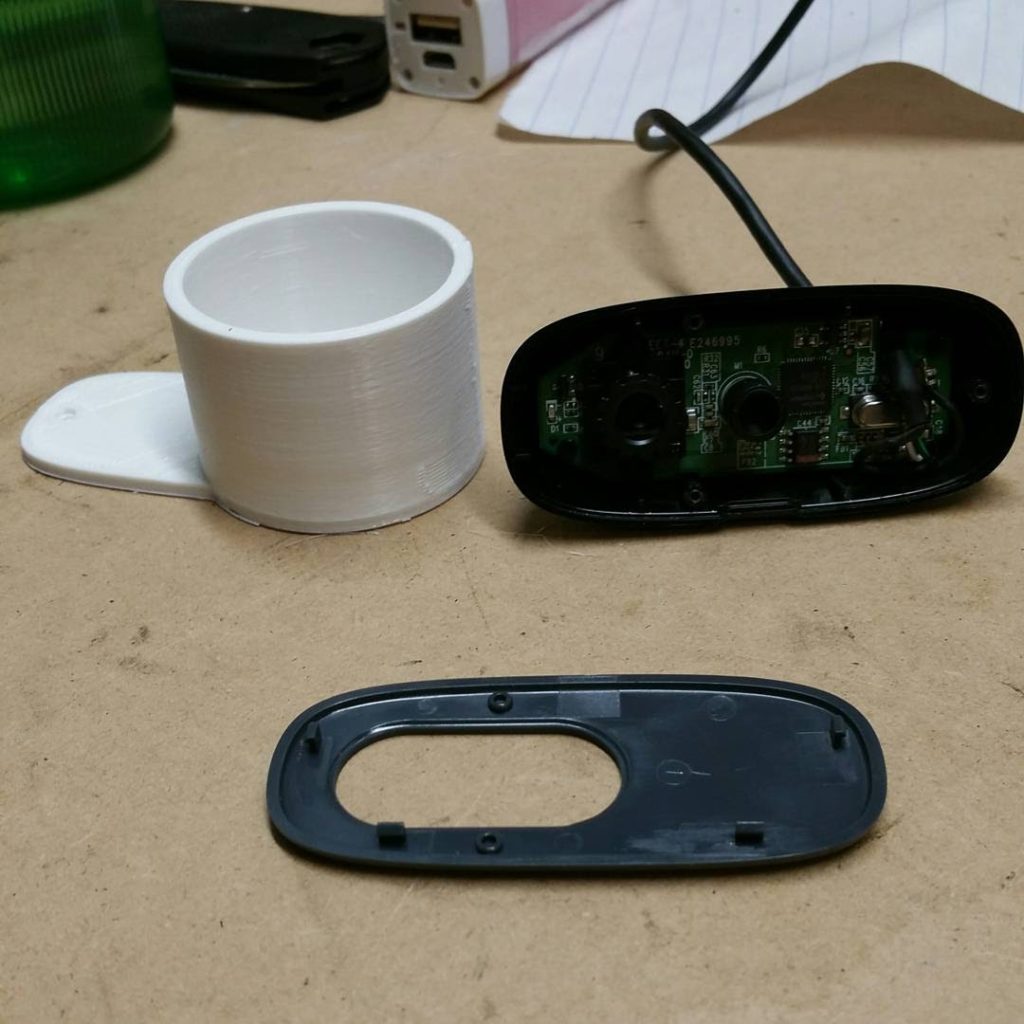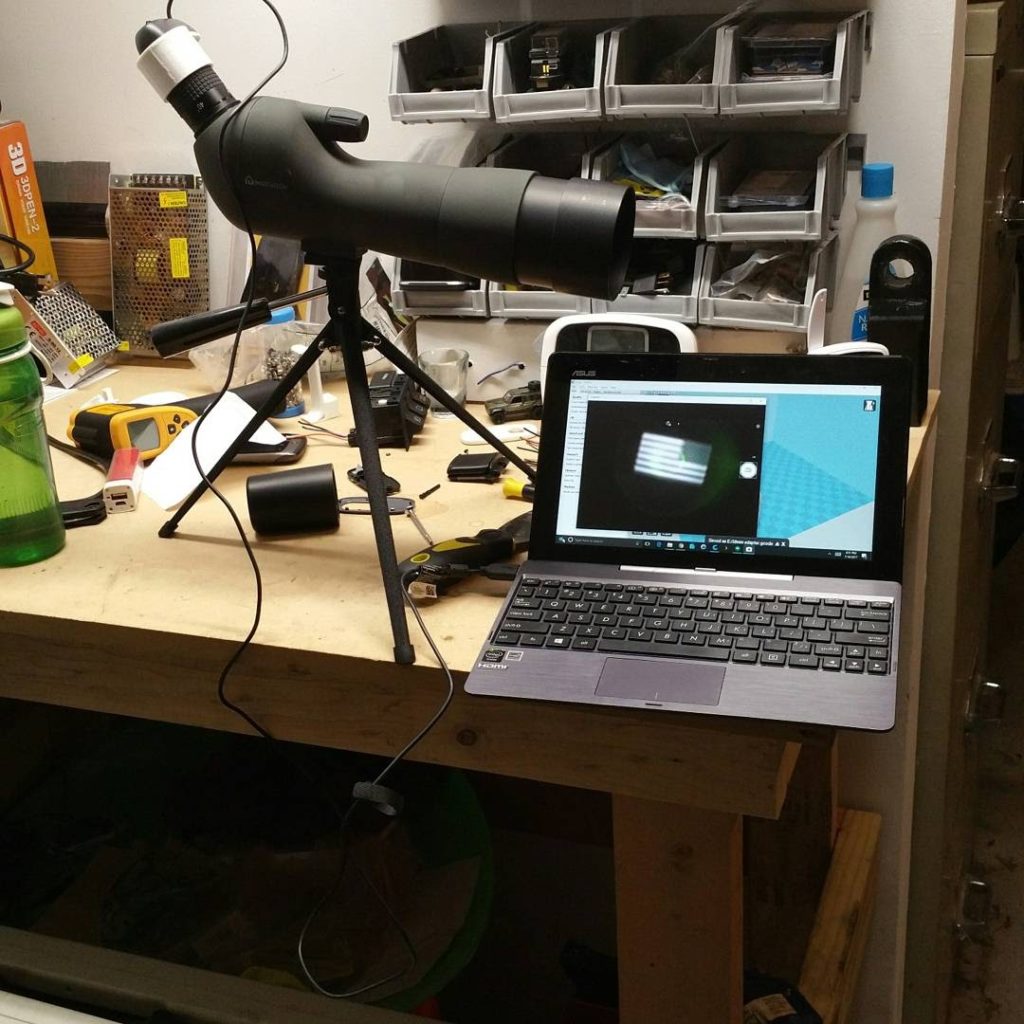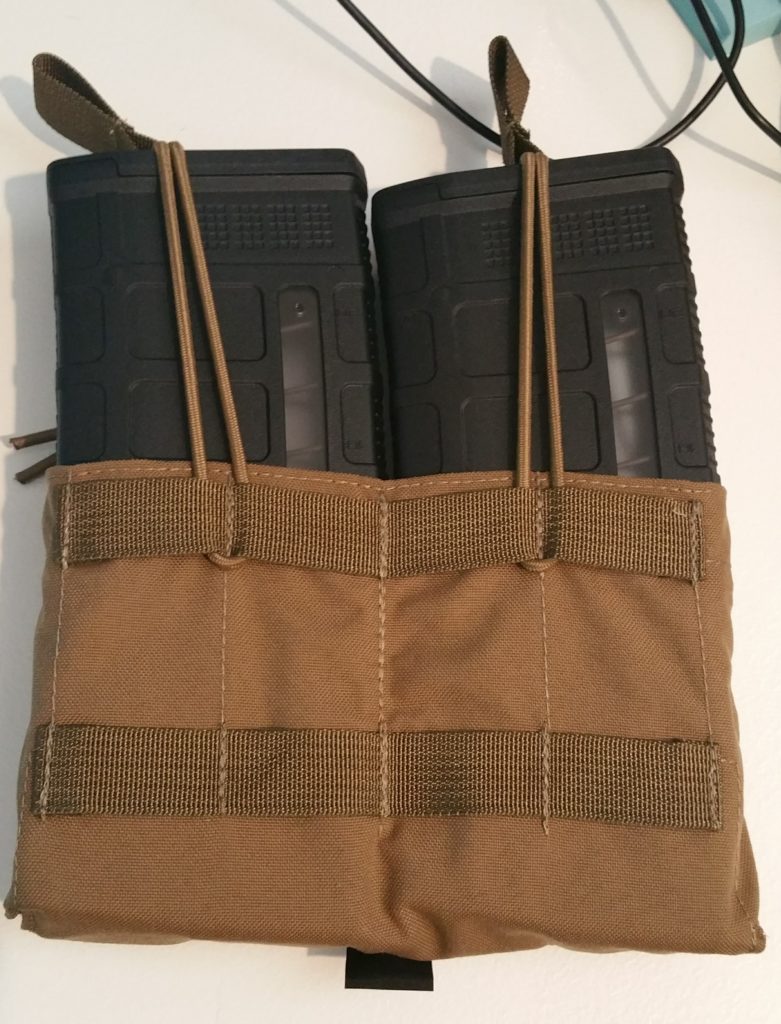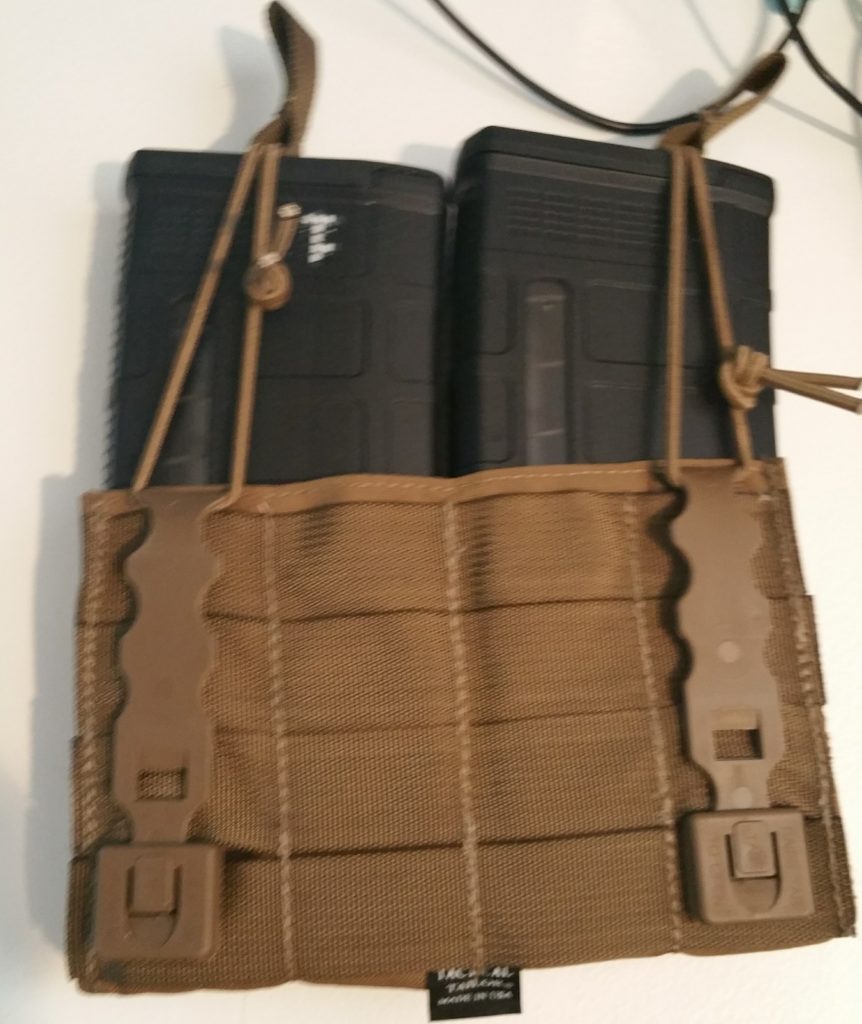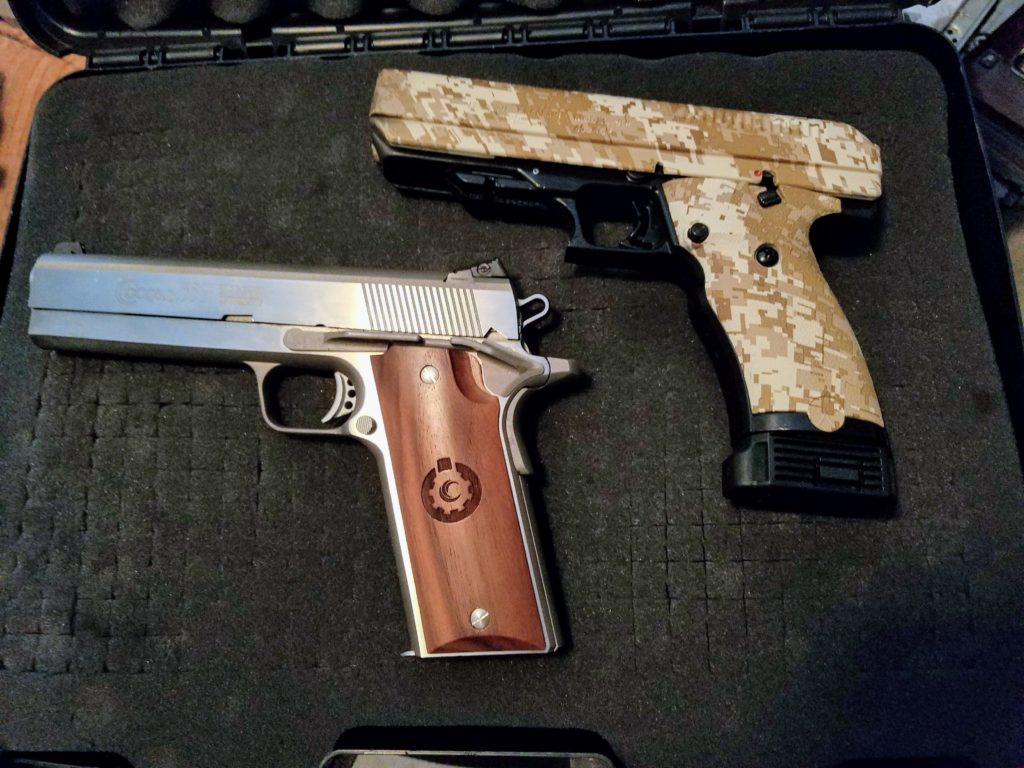I see that question a lot. The story basically goes something like this:
I was out on the interstate today, going about 75mph in 90 degree heat with the AC on full blast (probably with a lift, bigger tires, and stock gearing), and I noticed that my temp gauge was a little over 210. Close to the 220 mark. I know that normal operating temperature for my 4.0 is between 205 and 210, so I wasn’t all that concerned. Then all of a sudden my temp gauge spiked to 260, the instrument cluster beeped at me, and my check gauges light came on! What happened?
Well, what happened is that your instrument cluster temperature gauge is a dirty little liar, that’s what. And as far as I’m concerned, it’s the worst possible liar in that it doesn’t tell you how serious things are until you are well past time to take action. In other words, you were having problems looooooong before your check gauges light came on.
So let’s start off by talking about where that gauge gets its’ readings. In 1996 and older cherokees, there were actually two separate temperature sensors–one in the thermostat housing on the front of the engine, and another one in the back of the block. The front sensor was for the engine computer, and the rear sensor went straight to the temperature gauge in the instrument cluster. If you have one of those older cherokees, then the rest of this article doesn’t apply to you. In fact, I’d be shocked if you were having this “sudden overheating” problem in the first place.
In 1997 (or possibly 1996, since they were the first OBD2 XJs) they ditched the rear temperature sensor. In the 97-01 models, the engine computer (Powertrain Control Module, PCM) reads the resistance value from the engine coolant temperature sensor. The ECTS is an inexpensive sensor because it is essentially just a variable resistor that—wait for it—varies the amount of electrical resistance depending on what temperature it is.
Here’s a handy chart that shows what the factory sensor’s resistance is at specific temperatures. You can use this chart to determine if your sensor is bad, by the way.
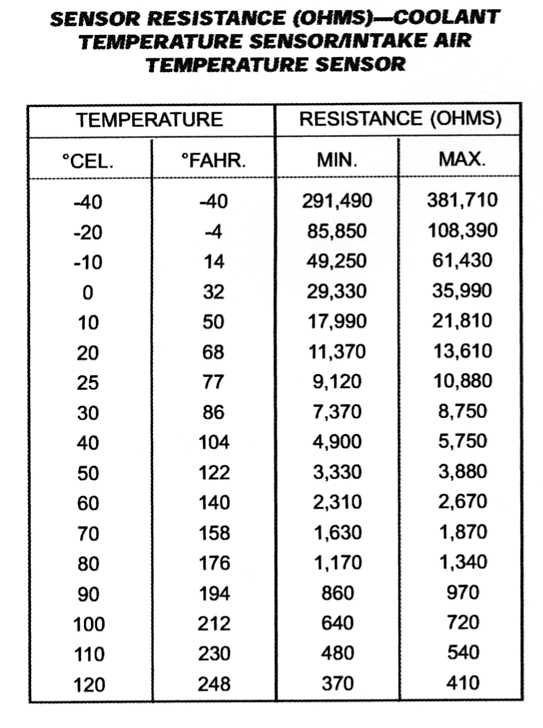
As I mentioned, that resistance is read by the Powertrain Control Module. The signal wire for the ECTS goes directly to the PCM. It goes nowhere else. It’s circuit K2 in the factory service manual, which you should buy right now if you don’t already have one.
The PCM then sends out the calculated temperature via the CCD bus. CCD is Chrysler’s intra-vehicle communications protocol, similar to CAN bus.
The instrument cluster reads this value off the CCD Bus. Here’s the diagram from the factory service manual that shows how this communication works:

As you can see, the temperature gauge in the instrument cluster has no direct communication with the ECTS. It only know the value that is put out by the PCM.
You know what else can read the value put out by the PCM? Every single OBD2 code reader on the planet. And as a bonus, with Chrysler vehicles (like the 97-01 XJ), it reads it off the CCD bus:
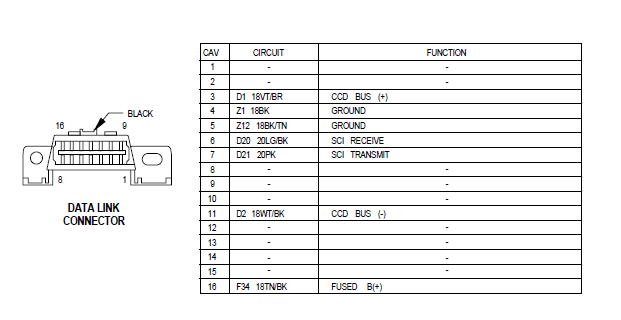
I bought a ScanGauge II in like 2005 and have used it extensively ever since. There are much better options out there today–like the UltraGauge–but I have it so I use it. If you just want something for this test, a cheapie OBD2 bluetooth adapter and a free app like Torque will do just as well.
Here are my readings from yesterday. It was 90 degrees outside, I had the air on full blast, and I was trucking down the interstate at 80mph with a 3″ lift, 33″ tires, and stock gears.
Here’s a lovely comparison of the same PCM signal being displayed as 229F by the ScanGauge, but being interpreted by the temperature gauge as a touch under 220:
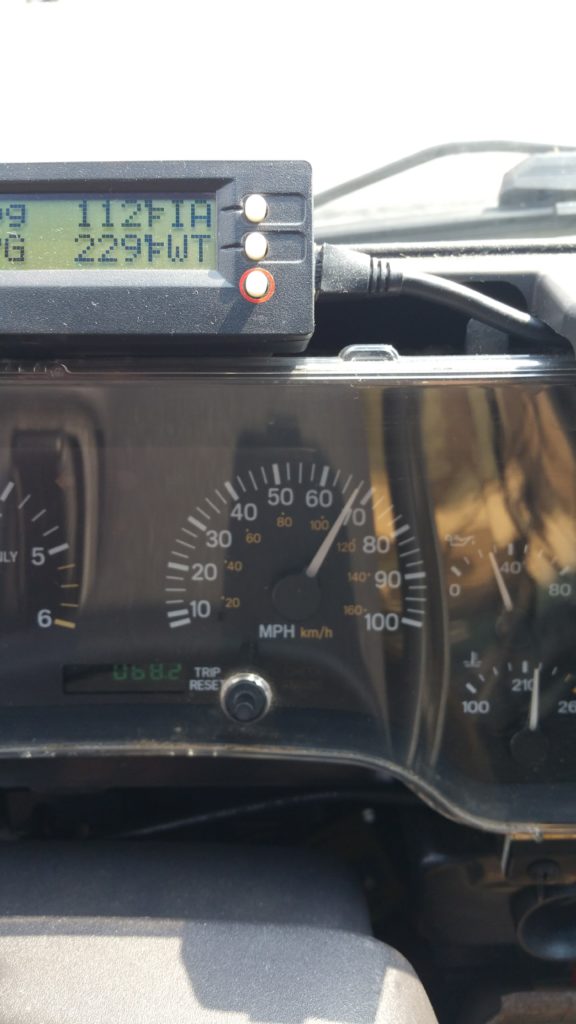
And here we have the gauge happily reporting 220, still, yet the PCM reporting 245:
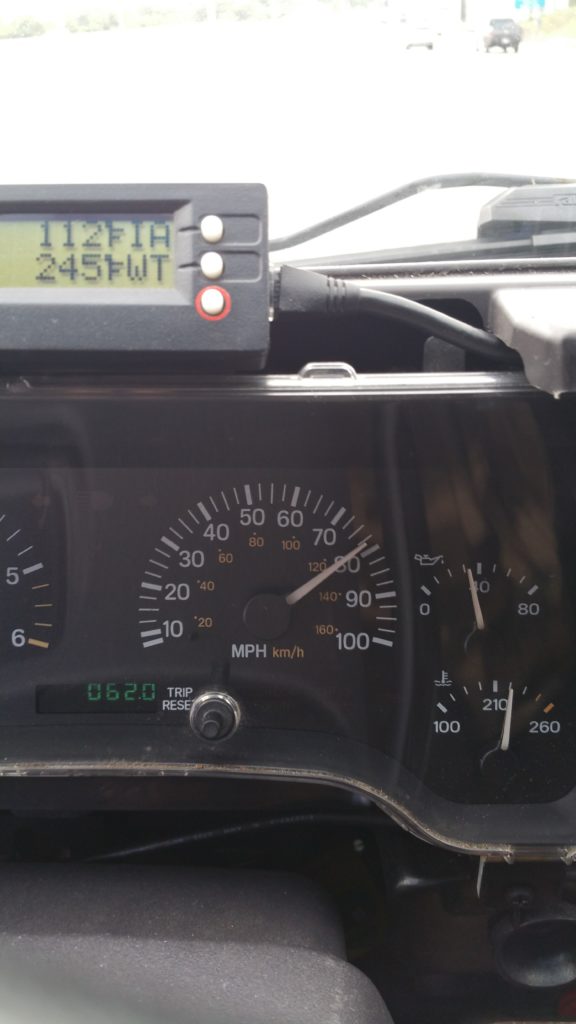
And this is after I’ve been off the interstate for a few minutes with the AC turned off. Scangauge reads 225, temperature gauge reads about 215:
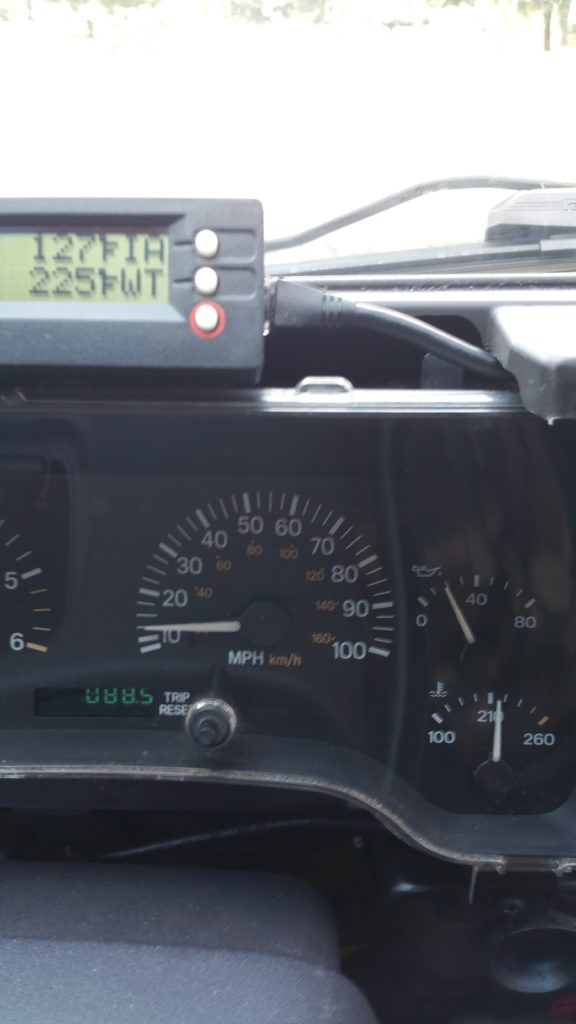
From my experience, the temperature gauge reads fairly accurately up until about the 210 mark. After that is when it starts to lose its’ mind.
The cooling system is not overly complex so there are not a whole lot of things that could be causing higher than normal temperatures. Maybe I’ll do a write-up on what to do next, but this post is really more about pointing out that the temperature gauge is not a precise reading once you go above normal operating temperatures.
(okay, technically the hash marks from 210-260 are 12.5 degrees, meaning the 220 mark is really the 222.5 mark, but even in that case the 245 reading should have been right on top of that hash mark before the 260.)



